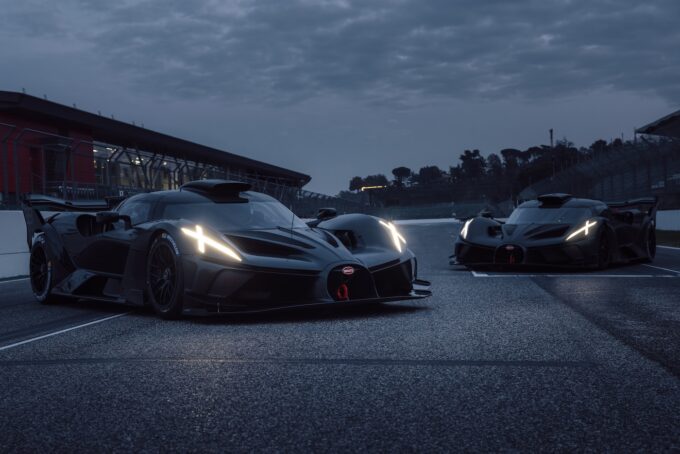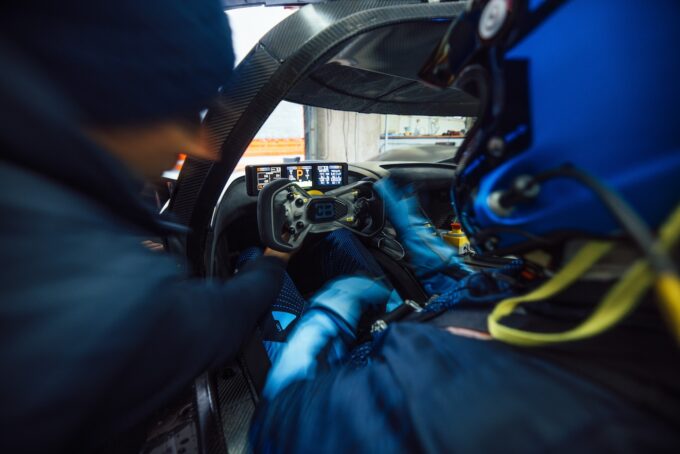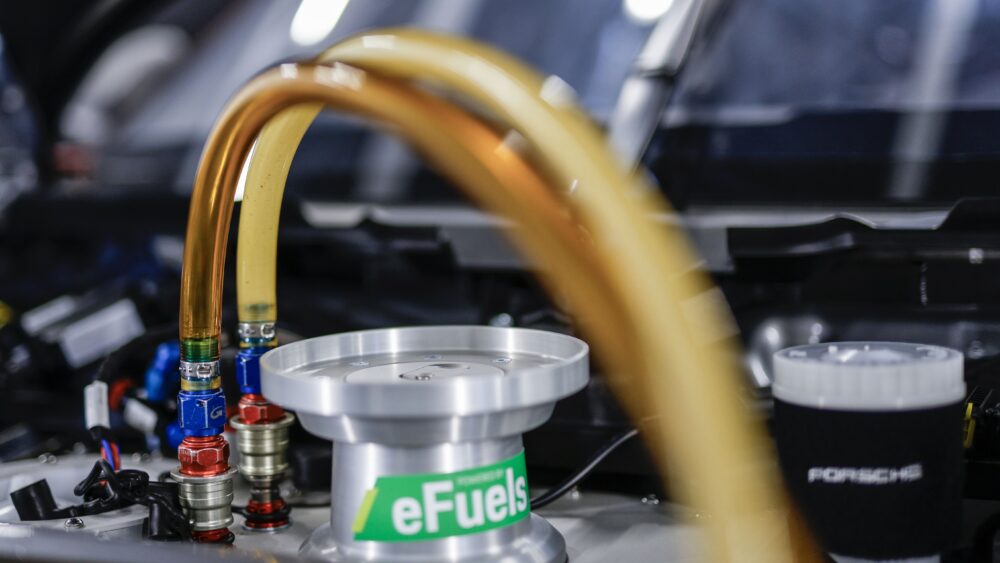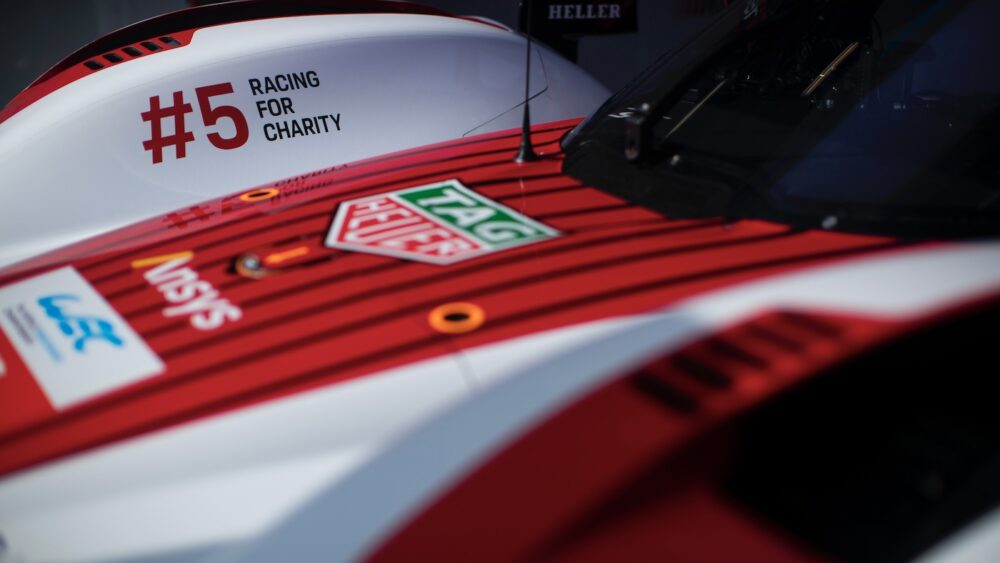Bugatti: Braking like in Formula 1 🎥
HYPERSPORTWAGEN The Bugatti Bolide is a car that combines the W16 high-performance engine and extreme lightweight construction measures for a special racetrack experience. An exceptional braking system is also important.
The W16 engine provides the Bugatti Bolide with lightning-fast acceleration. However, the prerequisite for such impressive capabilities is also the technology with which it can tame its speed when required. For example, the car was fitted with the largest carbon brake system ever produced by Brembo.
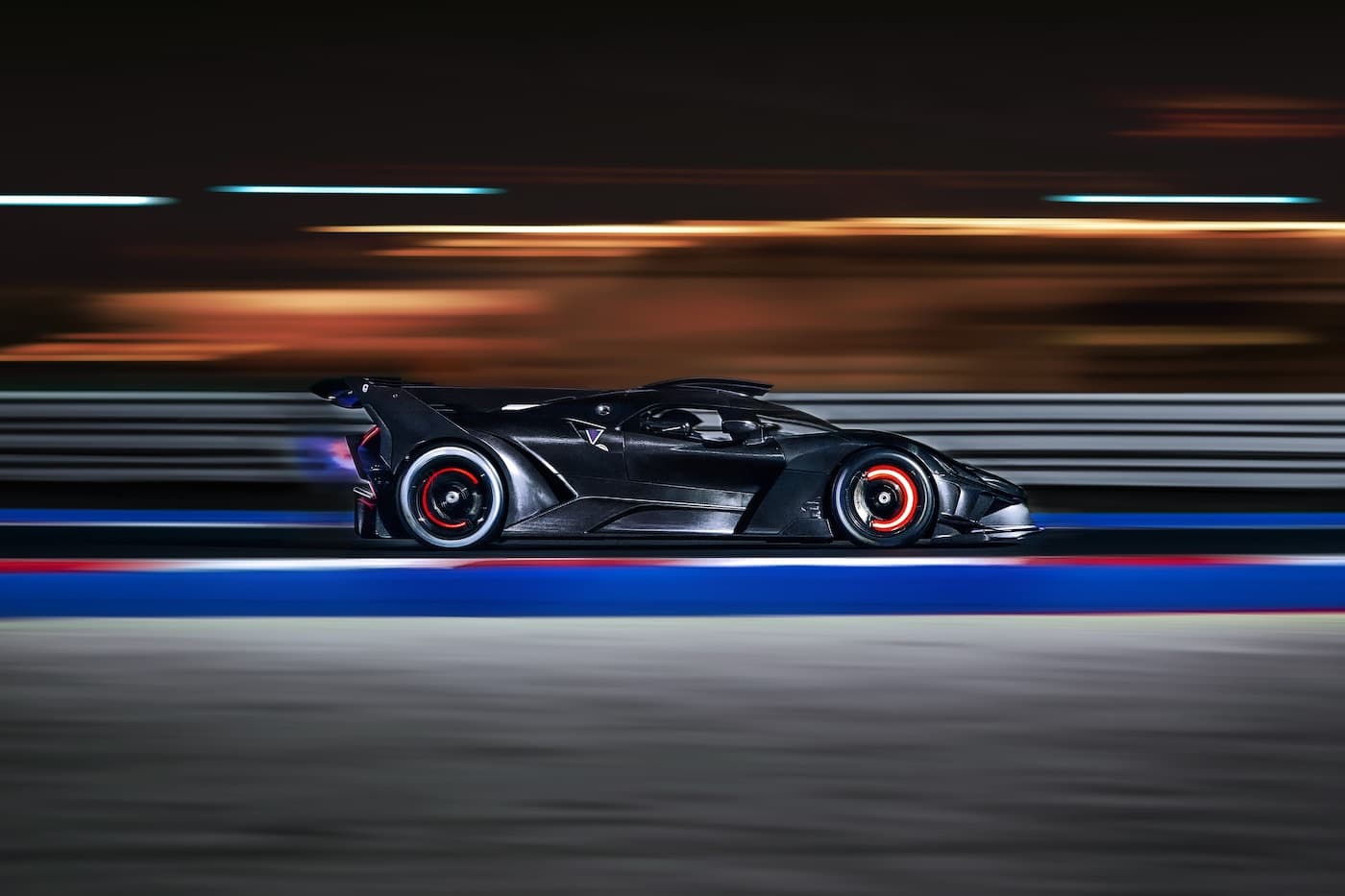
Tests on racetracks
Early on in the development process of the Bolide, Bugatti commissioned the Italian manufacturer Brembo to develop a braking system that underlines the uncompromising nature of the vehicle. Brembo's racing engineers worked closely with Bugatti from the initial simulation data to bench tests and analysis on the race track. The result after two years of development is a carbon-carbon system that is in no way inferior to the technology of LMh/LMDh and Formula 1 racing cars.
Lightweight carbon disks
The front brakes consist of two 8-piston monobloc brake calipers and large 390-millimetre carbon discs. The brake calipers are milled from an aluminum alloy and nickel-coated. Two 6-piston monobloc brake callipers, each with four high-performance brake pads, are used on the rear wheels. The brake calipers are also complemented by 390-millimetre carbon discs. The engineering team also managed to drastically reduce the overall weight of the brake system - each brake disc weighs just 3.175 kilograms. At the same time, it was ensured that the braking system has a thermal conductivity that guarantees optimum heat dissipation in intensive braking scenarios and prevents fading.
Efficient cooling improved
Together with Brembo, Bugatti has also significantly improved the cooling of the braking system. This development was essential in view of the high energy and torque required on the racetrack. This means that 85 to 90 percent of the air flow is directed to the discs and pads, while a smaller proportion reaches the brake callipers.








